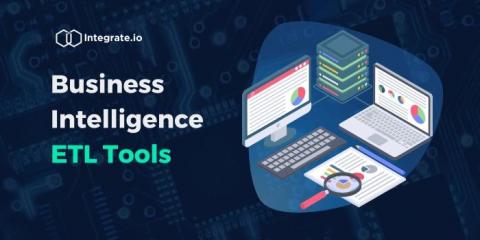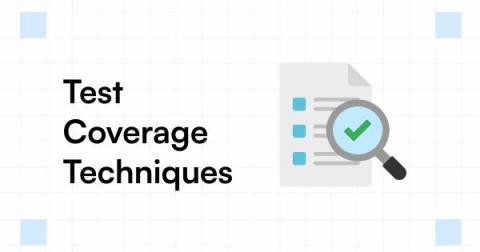Systems | Development | Analytics | API | Testing
%term
Revolutionizing Cloud Logging: Say Goodbye to Limitations and High Costs
Cloud logging services have long been plagued by limitations and high costs, hindering companies’ ability to achieve true flexibility in their operations. One of the primary obstacles is the lack of flexibility in traditional cloud logging services, which often require companies to make upfront decisions about log levels and storage capacity, locking them into fixed plans for extended periods.
Applying lessons from BI to data science
Data practitioners should bring best practices from BI, especially automated data integration, to data science.
How to Test Smartphone Biometrics
Smartphones have advanced greatly since their introduction in the 2000s. From faster GPUs for gaming to advanced instrumentation, these devices are now more computer than phone. Given the limitations of simulators and the complexity of real devices, they've also become a challenge for app developers to test. Biometric authentication, a fast-growing smartphone technology, introduced testing challenges.
Test Coverage Techniques Used In Software Testing
Can you test 100% of your application? Or can you cover every possible testing scenario? And how much time and resources should you allocate to make the software bug-free? There are multiple questions, and all their answers lie in Test coverage techniques. In this blog, we will discuss the basics of test coverage.
Manage Your Ruby Logs Like a Pro
Logs are essential to any application's development. Most Ruby logs are verbose and chunky, so digging for exactly what you need can be difficult. Even though they contain useful information, you might not get as much value as you should from logs if you don't know how to use them effectively. In this article, we'll explore: Let's get started.
An Introduction to Async Stack Traces in Node.js
Node.js 12.x onwards introduced async stack traces. Async stack traces allow developers to view the call stack of asynchronous code, making it easier to trace and debug code issues. In this post, we’ll see how async stack traces work, how you can use them to debug code, and how to track them using AppSignal. Ready? Let's get going!
Building True Cloud Efficiency with Hybrid Cloud Architectures
The shift from single public cloud architectures to hybrid multi-cloud continues at enterprises around the globe, as organizations look for greater control, lower costs, and improved performance. I had the opportunity recently to speak with Vaughn Eisler, director of business development at Equinix, about this massive shift and some of the complex reasons behind them. Eisler sees several reasons for the movement.
How to Hire The Right Head of Business Intelligence
An Introduction to Absinthe
Absinthe is a toolkit for building a GraphQL API with Elixir. It has a declarative syntax that fits really well with Elixir’s idiomatic style. In today’s post — the first of a series on Absinthe — we will explore how you can use Absinthe to create a GraphQL API. But before we jump into Absinthe, let’s take a brief look at GraphQL.











